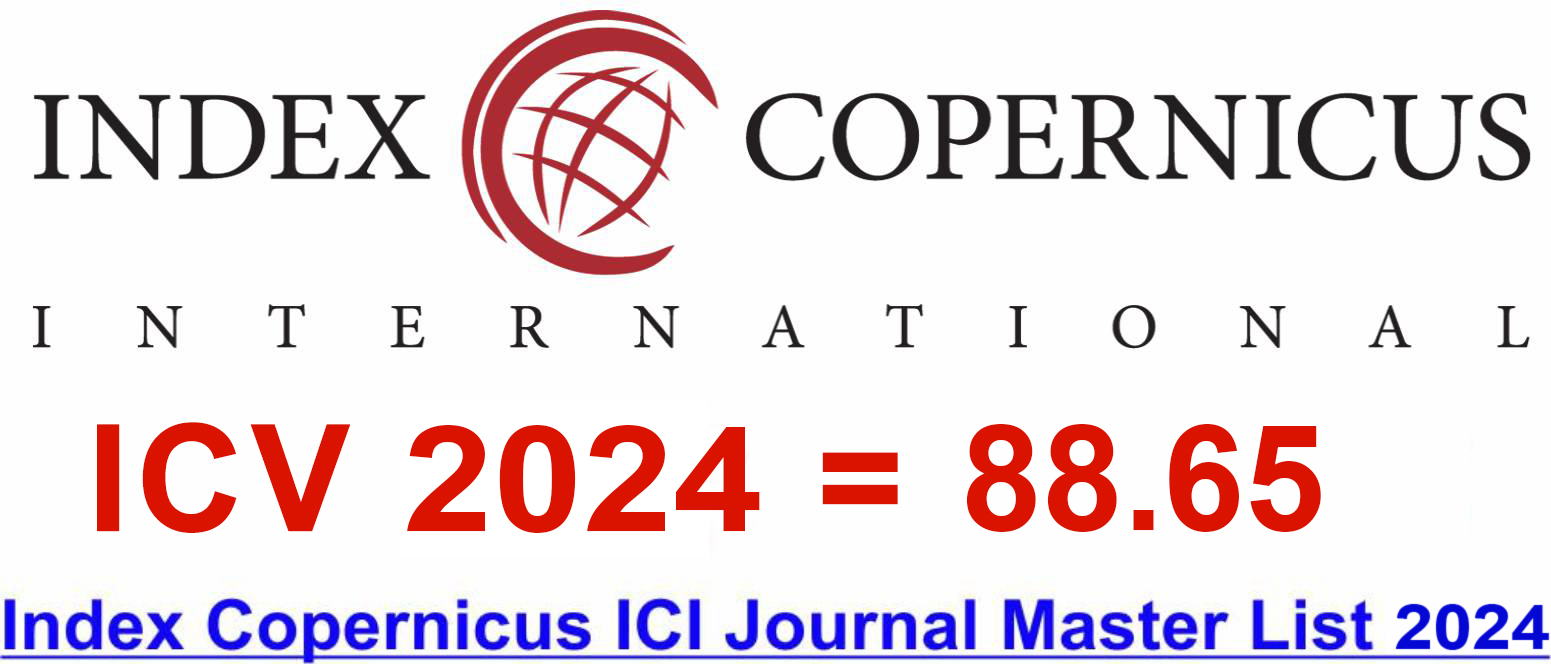Abstract
Tourism-based retailers typically provide goods and services that enhance tourists’ visits to the area, making them more enjoyable and memorable. However, catering to tourists during the off-season does not ensure business survival for many tourism retailers. As a result, they are increasingly seeking ways to enhance their businesses. On the other hand, tourism has resulted in cultural enrichment for travellers and the tourism industry. Authentic culture has given the community a distinct selling point in the globally competitive tourism industry. However, the commodification of culture has jeopardised its authenticity. Thus, cultural tourism-based retail shopping approaches must promote and sustain tourism. This paper proposes a conceptual model for sustainable tourism development by assessing the strengths, weaknesses, opportunities, and challenges of retailing, cultural tourism, and cultural tourism-based retail business strategies. Qualitative research has been conducted through an observational study involving ten tourists and 25 tourism retailers from Sanguem, Quepem, and Canacona Taluka, who were interviewed to assess their attitudes toward retailing and cultural tourism. The findings reveal a SWOC analysis of retailing and cultural tourism, retail business strategies, and ways to integrate culture, retail, and tourism.
References
- Kim S, Littrell MA. Souvenir buying intentions for self versus others. Annals of tourism research. 2001 Jan 1;28(3):638-57. https://doi.org/10.1016/S0160-7383(00)00064-5
- Tsang NK, Tsai H, Leung F. A critical investigation of the bargaining behavior of tourists: The case of Hong Kong open-air markets. Journal of Travel & Tourism Marketing. 2011 Jan 31;28(1):27-47. https://doi.org/10.1080/10548408.2011.535442
- Moscardo G. Shopping as a destination attraction: An empirical examination of the role of shopping in tourists’ destination choice and experience. Journal of vacation Marketing. 2004 Oct;10(4):294-307. https://doi.org/10.1177/135676670401000402
- Lehto XY, Chen SY, Silkes C. Tourist shopping style preferences. Journal of Vacation Marketing. 2014 Jan;20(1):3-15. https://doi.org/10.1177/1356766713484727
- Wong IA, Wan YK. A systematic approach to scale development in tourist shopping satisfaction: Linking destination attributes and shopping experience. Journal of Travel Research. 2013 Jan;52(1):29-41. https://doi.org/10.1177/0047287512457263
- Timothy DJ. Shopping tourism, retailing and leisure. Channel view publications; 2005 Mar 14. https://doi.org/10.21832/9781873150610
- Murphy L, Moscardo G, Benckendorff P, Pearce P. Evaluating tourist satisfaction with the retail experience in a typical tourist shopping village. Journal https://doi.org/10.1016/j.jretconser.2011.02.004
- Heung VC, Cheng E. Assessing tourists’ satisfaction with shopping in the Hong Kong special administrative region of China. Journal of Travel Research. 2000 May;38(4):396-404. https://doi.org/10.1177/004728750003800408
- Yüksel A, Yüksel F. Shopping risk perceptions: Effects on tourists’ emotions, satisfaction and expressed loyalty intentions. Tour Manag. 2007;28(3):703–13. https://doi.org/10.1016/j.tourman.2006.04.025
- Hardy A, Beeton RJ, Pearson L. Sustainable tourism: An overview of the concept and its position in relation to conceptualisations of tourism. Journal of sustainable tourism. 2002 Dec 1;10(6):475-96. https://doi.org/10.1080/09669580208667183
- Getz D. Tourist shopping villages: Development and planning strategies. Tourism management. 1993 Feb 1;14(1):15-26. https://doi.org/10.1016/0261-5177(93)90078-Y
- Aman J, Abbas J, Mahmood S, Nurunnabi M, Bano S. The influence of Islamic religiosity on the perceived socio-cultural impact of sustainable tourism development in Pakistan: A structural equation modeling approach. Sustainability. 2019 May 29;11(11):3039. https://doi.org/10.3390/su11113039
- Torre A, Scarborough H. Reconsidering the estimation of the economic impact of cultural tourism. Tourism Management. 2017 Apr 1;59:621-9. https://doi.org/10.1016/j.tourman.2016.09.018
- Richards G. Cultural tourism: A review of recent research and trends. Journal of hospitality and tourism management. 2018 Sep 1;36:12-21. https://doi.org/10.1016/j.jhtm.2018.03.005
- Lin HH, Ling Y, Lin JC, Liang ZF. Research on the development of religious tourism and the sustainable development of rural environment and health. International Journal of Environmental Research and Public Health. 2021 Mar 8;18(5):2731. https://doi.org/10.3390/ijerph18052731
- Ramaano AI. Tourism policy and environmental impacts in Musina municipality: lessons from a case study of failure. Tourism Critiques: Practice and Theory. 2021 Jun 18;2(1):91-114. https://doi.org/10.1108/TRC-12-2020-0021
- Ramaano AI. Prospects of using tourism industry to advance community livelihoods in Musina municipality, Limpopo, South Africa. Transactions of the Royal Society of South Africa. 2021 May 4;76(2):201-15. https://doi.org/10.1080/0035919X.2021.1912847
- Vias AC. Bigger stores, more stores, or no stores: paths of retail restructuring in rural America. Journal of Rural Studies. 2004 Jul 1;20(3):303-18. https://doi.org/10.1016/j.jrurstud.2003.10.003
- Aman J, Abbas J, Shi G, Ain NU, Gu L. RETRACTED: Community Wellbeing Under China-Pakistan Economic Corridor: Role of Social, Economic, Cultural, and Educational Factors in Improving Residents’ Quality of Life. Frontiers in Psychology. 2022 Mar 25;12:816592. https://doi.org/10.3389/fpsyg.2021.816592
- Ge T, Abbas J, Ullah R, Abbas A, Sadiq I, Zhang R. Women’s entrepreneurial contribution to family income: innovative technologies promote females’ entrepreneurship amid COVID-19 crisis. Frontiers in Psychology. 2022 Mar 29;13:828040. https://doi.org/10.3389/fpsyg.2022.828040
- Liu Q, Qu X, Wang D, Abbas J, Mubeen R. RETRACTED: Product Market Competition and Firm Performance: Business Survival Through Innovation and Entrepreneurial Orientation Amid COVID-19 Financial Crisis. Frontiers in Psychology. 2022 Mar 25;12:790923. https://doi.org/10.3389/fpsyg.2021.790923
- Wang C, Wang D, Abbas J, Duan K, Mubeen R. Global financial crisis, smart lockdown strategies, and the COVID-19 spillover impacts: A global perspective implications from Southeast Asia. Frontiers in psychiatry. 2021 Sep 3;12:643783. https://doi.org/10.3389/fpsyt.2021.643783
- Lenzerini F. Intangible cultural heritage: The living culture of peoples. European Journal of International Law. 2011 Feb 1;22(1):101-20. https://doi.org/10.1093/ejil/chr006
- Menon S, Bhatt S, Sharma S. A study on envisioning Indian tourism–Through cultural tourism and sustainable digitalization. Cogent Social Sciences. 2021 Jan 1;7(1):1903149. https://doi.org/10.1080/23311886.2021.1903149
- Albayrak T, Caber M, Çömen N. Tourist shopping: The relationships among shopping attributes, shopping value, and behavioral intention. Tourism Management Perspectives. 2016 Apr 1;18:98-106. https://doi.org/10.1016/j.tmp.2016.01.007
- Jin H, Moscardo G, Murphy L. Making sense of tourist shopping research: A critical review. Tourism Management. 2017 Oct 1;62:120-34. https://doi.org/10.1016/j.tourman.2017.03.027
- Grönroos C. Service management and marketing: customer management in service competition. John Wiley & Sons; 2007.
- Beatty SE, Mayer M, Coleman JE, Reynolds KE, Lee J. Customer-sales associate retail relationships. Journal of retailing. 1996 Sep 1;72(3):223-47. https://doi.org/10.1016/S0022-4359(96)90028-7
- Gwinner KP, Gremler DD, Bitner MJ. Relational benefits in services industries: the customer’s perspective. Journal of the academy of marketing science. 1998 Apr;26(2):101-14. https://doi.org/10.1177/0092070398262002
- Hu B, Yu H. Segmentation by craft selection criteria and shopping involvement. Tourism management. 2007 Aug 1;28(4):1079-92. https://doi.org/10.1016/j.tourman.2006.07.006
- Law R, Au N. Relationship modeling in tourism shopping: a decision rules induction approach. Tourism Management. 2000 Jun 1;21(3):241-9. https://doi.org/10.1016/S0261-5177(99)00056-4
- Litirell MA, Baizerman S, Kean R, Gahring S, Niemeyer S, Reilly R, Stout J. Souvenirs and tourism styles. Journal of Travel Research. 1994 Jul;33(1):3-11. https://doi.org/10.1177/004728759403300101
- Frazier BJ, Niehm LS. Exploring business information networks of small retailers in rural communities. Journal of Developmental Entrepreneurship. 2004 Apr 1;9(1):23-42.
- Bailey LF. The origin and success of qualitative research. International journal of market research. 2014 Mar;56(2):167-84. https://doi.org/10.2501/IJMR-2014-013
- Marshall C, Rossman GB. Designing qualitative research. Sage publications; 2014 Dec 16.
- Milman A. Preserving the cultural identity of a World Heritage Site: The impact of Chichen Itza’s souvenir vendors. International Journal of Culture, Tourism and Hospitality Research. 2015 Aug 3;9(3):241-60. https://doi.org/10.1108/IJCTHR-06-2015-0067
- Io MU, Hallo L. Tour guides' interpretation of the Historic Center of Macao as a World Cultural Heritage site. Journal of Tourism and Cultural Change. 2011 Jun 1;9(2):140-52. https://doi.org/10.1080/14766825.2011.568621
- du Cros H. World Heritage-themed Souvenirs for Asian Tourists: Asian Modernity Melds with Macau Cultural Heritage. InCouncil for Australian University Tourism and Hospitality Education (20th: 2010: Hobart, Tas.) 2010 Jan (pp. 453-466). Hobart, Tas.: University of Tasmania. School of Management.
- ARIZ D. Disabled Population in India: A Regional Analysis. Annals of Valahia University: Geographical Series. 2018 Oct 1;18(2). https://doi.org/10.2478/avutgs-2018-0015
- Mousavi SS, Doratli N, Mousavi SN, Moradiahari F. Defining cultural tourism. InInternational Conference on Civil, Architecture and Sustainable Development 2016 Dec 1 (Vol. 1, No. 2, pp. 70-75). https://doi.org/10.15242/IICBE.DIR1216411
- Lundberg C, Lexhagen M, Ziakas V. Integrating popular culture tourism in local communities: A scoping review and ways forward. Scandinavian Journal of Hospitality and Tourism. 2024 Jan 1;24(1):4-26. https://doi.org/10.1080/15022250.2024.2359410
- Ariffin WJ, Shahfiq S, Ibrahim A, Pauzi HM, Rami AA. Preservation of craft heritage and its potential in youth economic empowerment. Planning Malaysia. 2023 Nov 5;21. https://doi.org/10.21837/pm.v21i30.1393
- Qu M, Zollet S. Rural art festivals and creative social entrepreneurship. Event Management. 2023 Nov 21;27(8):1219-35. https://doi.org/10.3727/152599523X16830662072107
- Sekhon S. The Dark Side of Cashless Transactions: Understanding Threats to Banking Security. International Journal of Advances in Business and Management Research (IJABMR). 2024 Dec 12;2(2):8-13. https://doi.org/10.62674/ijabmr.2024.v2i02.002
- Gaonkar S, Sukthankar S V. Measuring and evaluating the influence of cultural sustainability indicators on sustainable cultural tourism development: Scale development and validation. Heliyon. 2025 Feb 28;11(4):1–21. https://doi.org/10.1016/j.heliyon.2025.e42514
- Canton H. Organisation for economic co-operation and development—OECD. InThe Europa Directory of international organizations 2021 2021 Jul 28 (pp. 677-687). Routledge.
- Ministry of Tourism, Government of India. National Strategy for Sustainable Tourism – April 2022. New Delhi: Ministry of Tourism; 2022. Retrieved from: https://tourism.gov.in/sites/default/files/2022-09/National%20Strategy%20for%20Sustainable%20Tourism%202022.pdf
- Kanjilal P, Karmakar S, Ray N, Maity B, Basu S. Harnessing AI for Sustainable Future Tourism Industry. International Journal of Advances in Business and Management Research (IJABMR). 2025 Sep 12;3(1):22-34. https://doi.org/10.62674/ijabmr.2025.v3i01.003
- Gartner WC. Rural tourism development in the USA. International Journal of Tourism Research. 2004 May;6(3):151-64. https://doi.org/10.1002/jtr.481
- Long P, Lane B. Rural tourism development. In: Trends in Outdoor Recreation, Leisure and Tourism. Wallingford (UK): CABI Publishing; 2000. p. 299-308. https://doi.org/10.1079/9780851994031.0299
- Larke R, Kilgour M, John SP. Tourist growth and the implications for retail marketing strategy: Insights from Japan. Journal of Travel & Tourism Marketing. 2016 Jun 12;33(5):658-70. https://doi.org/10.1080/10548408.2016.1167359
- Sum Chau V, Kao YY. Bridge over troubled water or long and winding road? Gap‐5 in airline service quality performance measures. Managing Service Quality: An International Journal. 2009 Jan 23;19(1):106-34. https://doi.org/10.1108/09604520910926836















